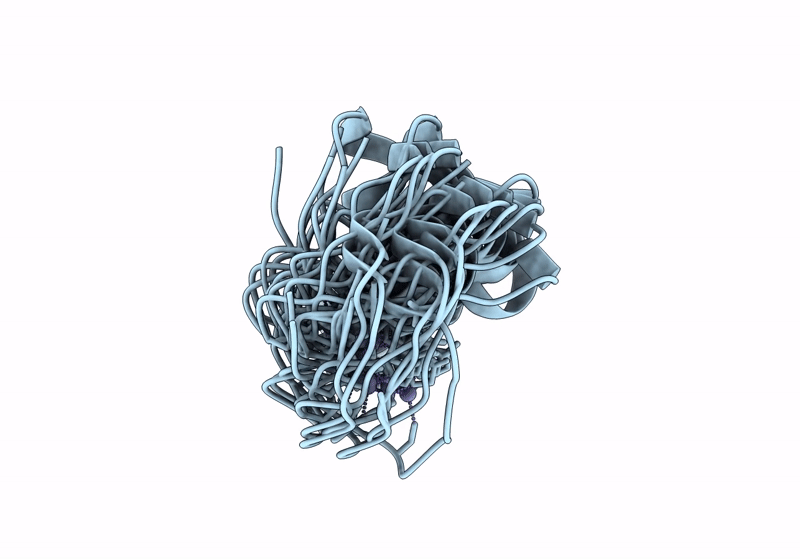
Deposition Date
2024-03-11
Release Date
2024-05-01
Last Version Date
2025-08-13
Entry Detail
PDB ID:
9AZI
Keywords:
Title:
NMR solution structure of cell-permeant miniature protein ZF5.3
Biological Source:
Source Organism:
Homo sapiens (Taxon ID: 9606)
Host Organism:
Method Details:
Experimental Method:
Conformers Calculated:
200
Conformers Submitted:
20
Selection Criteria:
structures with the lowest energy


